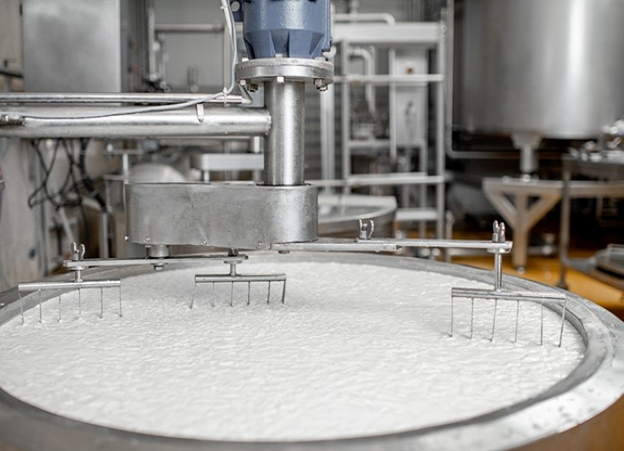EauTech Solutions’ HALBR technology provides a robust and effective solution for managing the organic and nutrient components of dairy wastewater. While it requires pre-treatment for oil, grease, and solids removal, its advanced biological processes make it an essential part of a comprehensive wastewater treatment strategy. Dairy producers can rely on the HALBR system to sustainably treat their wastewater, ensuring compliance with environmental regulations and protecting local water resources.
Dairy wastewater poses significant treatment challenges due to its complex composition and high organic content. Understanding these characteristics is critical for designing an effective wastewater management strategy. Key characteristics of dairy wastewater include:
• High Organic Load: Dairy wastewater is rich in organic matter such as fats, proteins, carbohydrates, and lactose, leading to elevated biochemical oxygen demand (BOD) and chemical oxygen demand (COD) levels. This high organic load requires robust biological treatment processes to ensure effective degradation.
• Presence of Fats, Oils, and Grease (FOG): Dairy wastewater contains significant amounts of fats, oils, and grease, which can create operational challenges, such as clogging and interference with treatment processes if not properly managed. However, specialized systems for FOG removal are necessary to address these issues.
• Nutrient Content: The wastewater often contains high levels of nitrogen and phosphorus, mainly from protein breakdown. These nutrients must be removed effectively to prevent eutrophication in receiving water bodies.
• High Solids Content: Dairy wastewater typically includes suspended solids like milk solids, which contribute to the overall pollutant load. Efficient solids separation is needed to ensure smooth operation and enhance the effectiveness of downstream treatment processes.
• Variable pH and Temperature: The pH of dairy wastewater can fluctuate based on cleaning processes and the type of dairy product being processed. Temperature variations can also affect microbial activity and the efficiency of biological treatment.
The HALBR technology is an effective solution for dairy wastewater treatment:
While the HALBR system is not designed to handle oil, grease, and solids, it remains a highly effective solution for treating the organic and nutrient components of dairy wastewater. Its advanced biological processes ensure efficient reduction of BOD, COD, and nutrient levels.
• Efficient Organic Load Reduction: The HALBR system excels in breaking down the high levels of organic matter present in dairy wastewater. By optimizing microbial activity through its airlift technology, the system significantly reduces BOD and COD, ensuring that treated wastewater meets stringent discharge standards.
• Nutrient Removal: The HALBR system is highly effective in the removal of nitrogen and phosphorus. Through integrated nitrification and denitrification processes, the system converts these nutrients into harmless nitrogen gas, mitigating the risk of eutrophication in natural water bodies.
• Stable Operation Under Variable Conditions: The HALBR system is designed to maintain stable performance even with fluctuations in pH and temperature, ensuring that biological treatment processes remain efficient and reliable.

